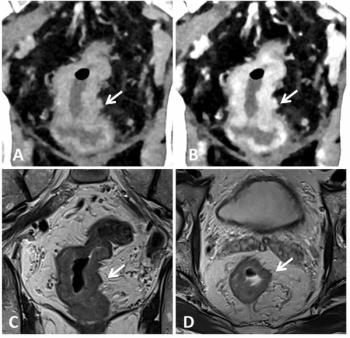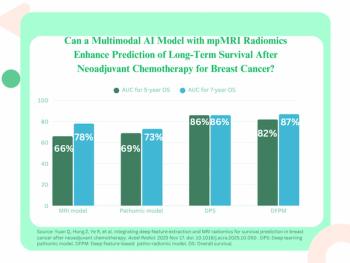
Specialized MRI Shows Long-Term Brain Effects of Blast Injuries
CHICAGO - Diffuse tensor imaging may help clinicians differentiate between mild traumatic brain injuries and post-traumatic stress disorder.
CHICAGO - Magnetic resonance imaging shows long-term changes in the brains of soldiers who have sustained mild traumatic brain injuries (MTBI) from blast exposure, according to
Diagnosis of MTBI can be difficult with standard CT or MRI imaging, but diffusion tensor imaging (DTI) is more sensitive, allowing identification of micro structural injuries to the brain’s white matter.
Researchers from the Saint Louis University School of Medicine in St. Louis, Mo., used DTI-derived fractional anisotropy (FA) to measure the uniformity of water diffusion throughout the brain. Low FA values indicate areas of axonal injury. Ten veterans who were diagnosed with MTBI (average time between blast-induced injury and DTI of 51.3 months) and 10 healthy controls participated in the study.
“The time since injury is a novel component to our study,” said study co-author P. Tyler Roskos PhD, an assistant research professor at the medical school. “Most other blast-related MTBI studies examine patients in the acute phase of injury.”
The researchers found significant differences between the injured veterans and the health controls. There were significant correlations between FA values and attention, delayed memory and psychomotor test scores, even though testing was an average of four years after the brain injury.
“This long-term impact on the brain may account for ongoing cognitive and behavioral symptoms in some veterans with a history of blast-related MTBI,” Roskos said. He explained that his hope is that further research will help clinicians differentiate between MTBI and post-traumatic stress disorder, allowing for better treatment. “It makes a difference because PTSD is psychological in nature and MTBI is neurological.”
Newsletter
Stay at the forefront of radiology with the Diagnostic Imaging newsletter, delivering the latest news, clinical insights, and imaging advancements for today’s radiologists.




























